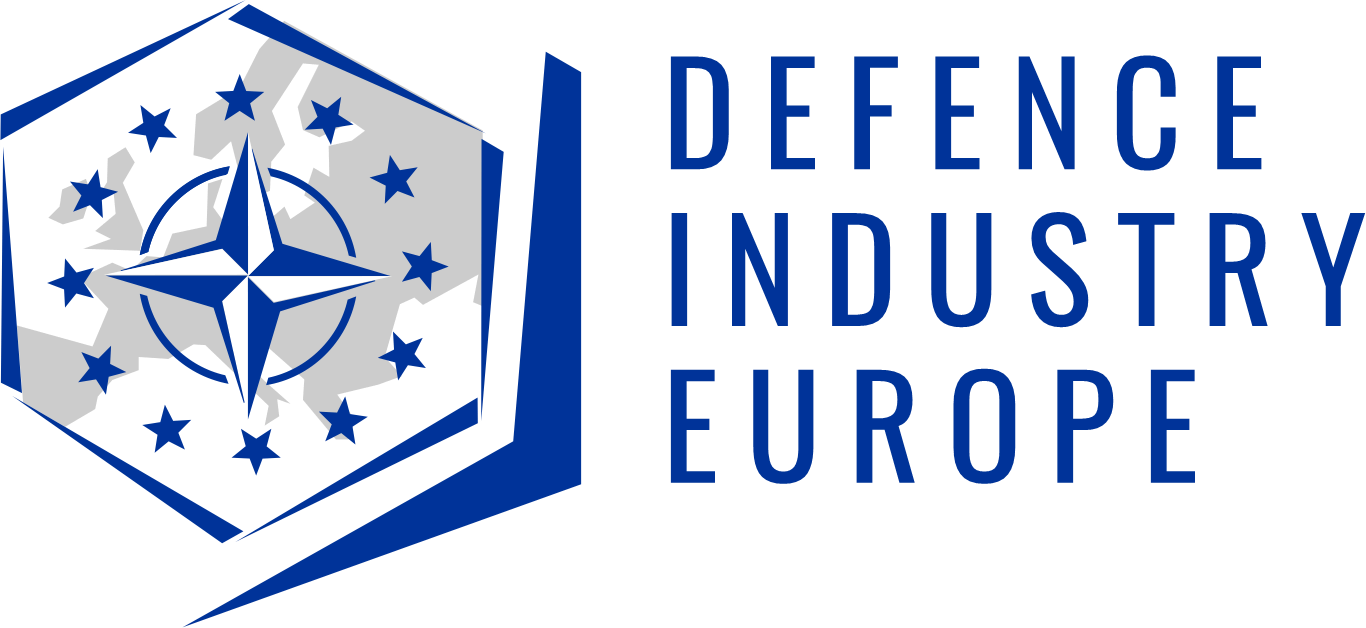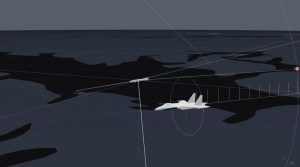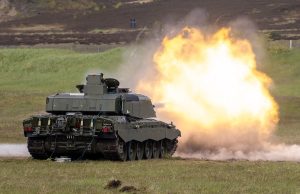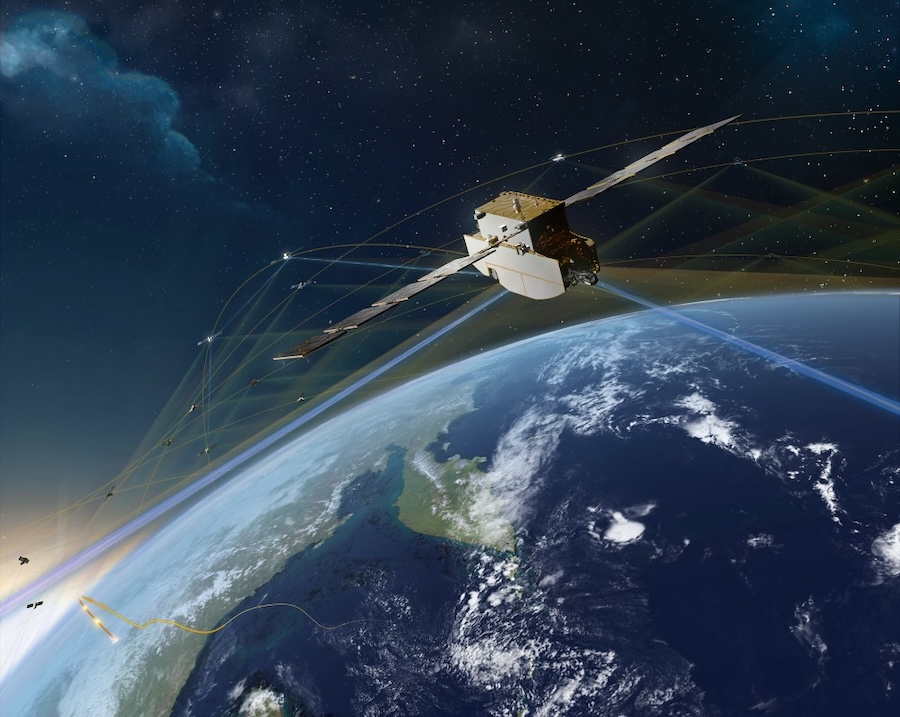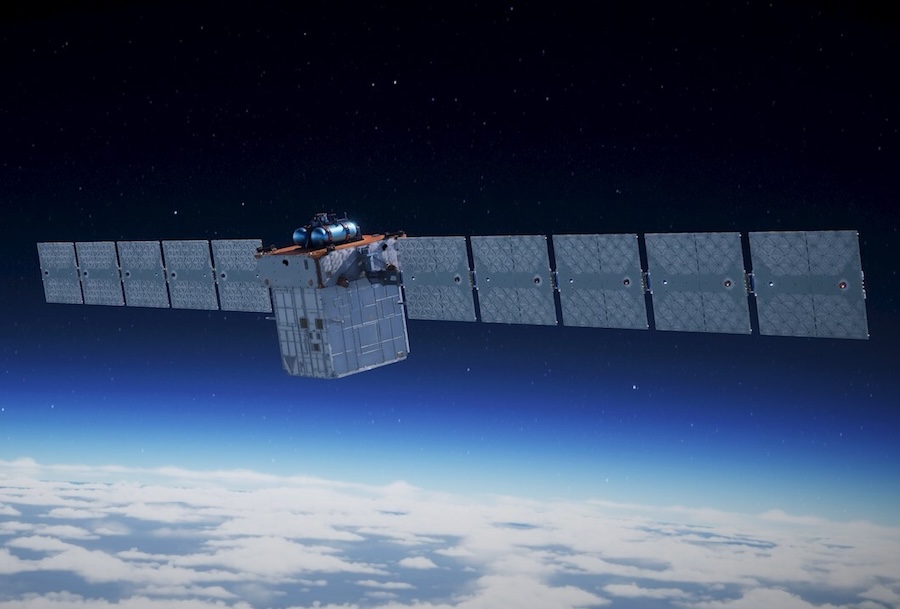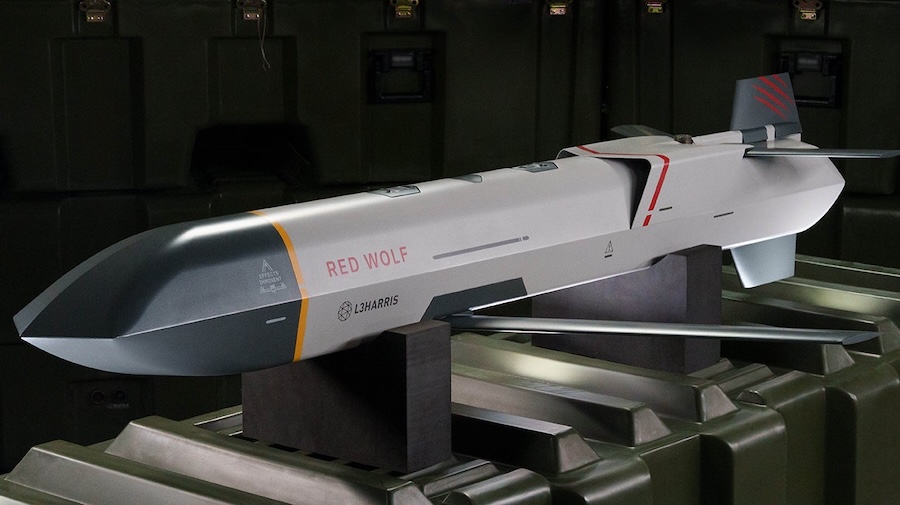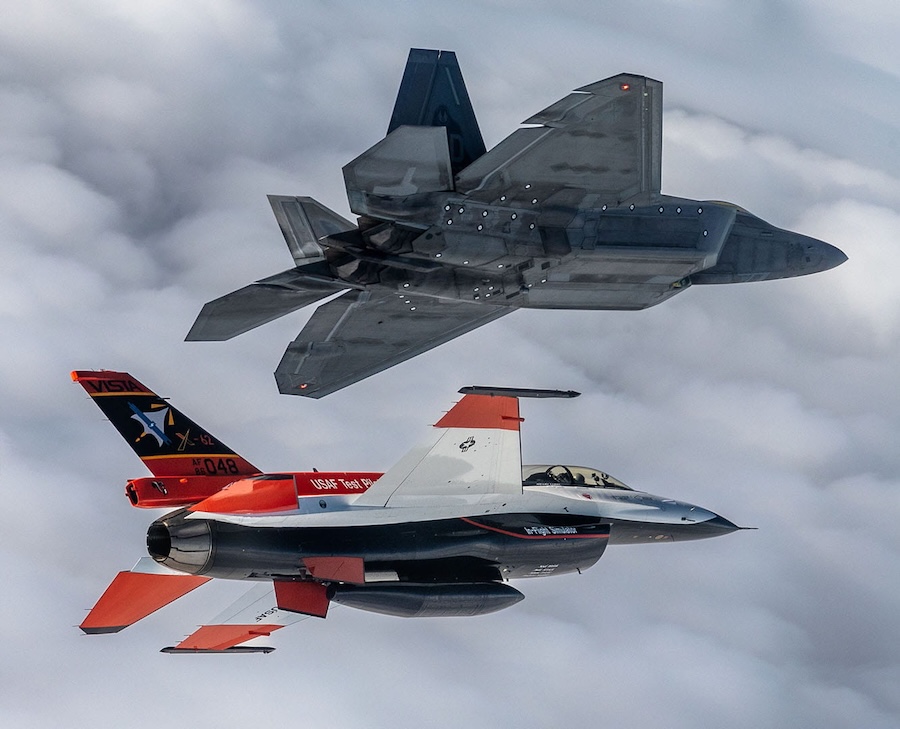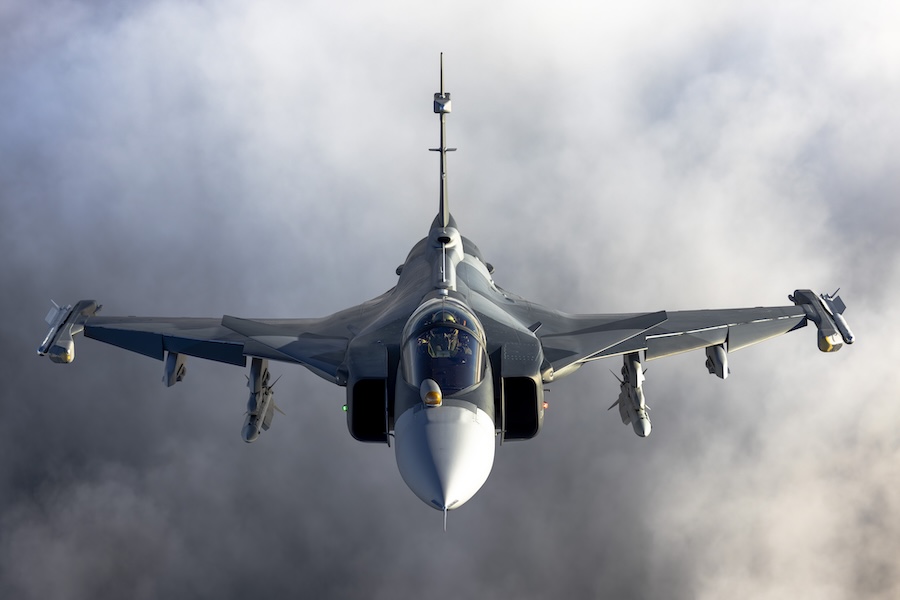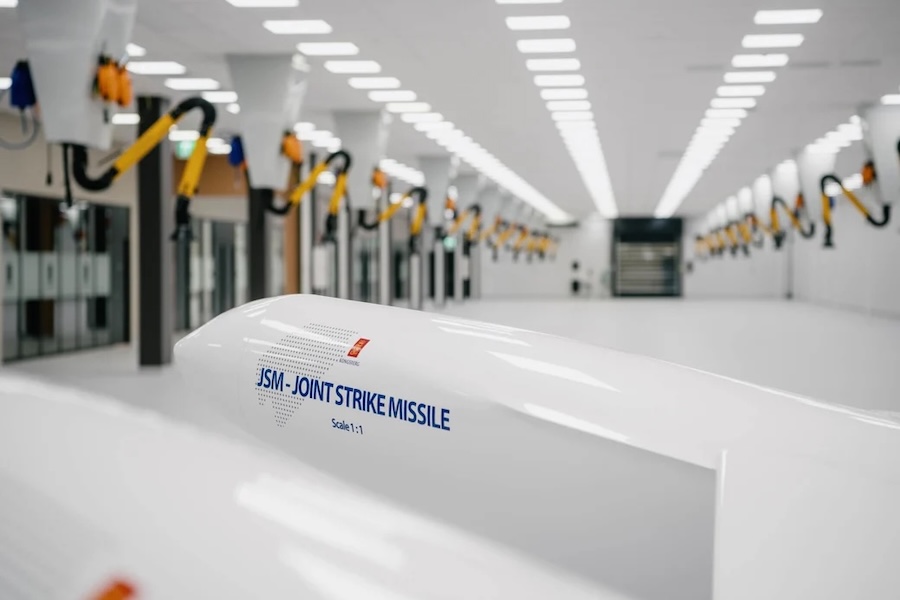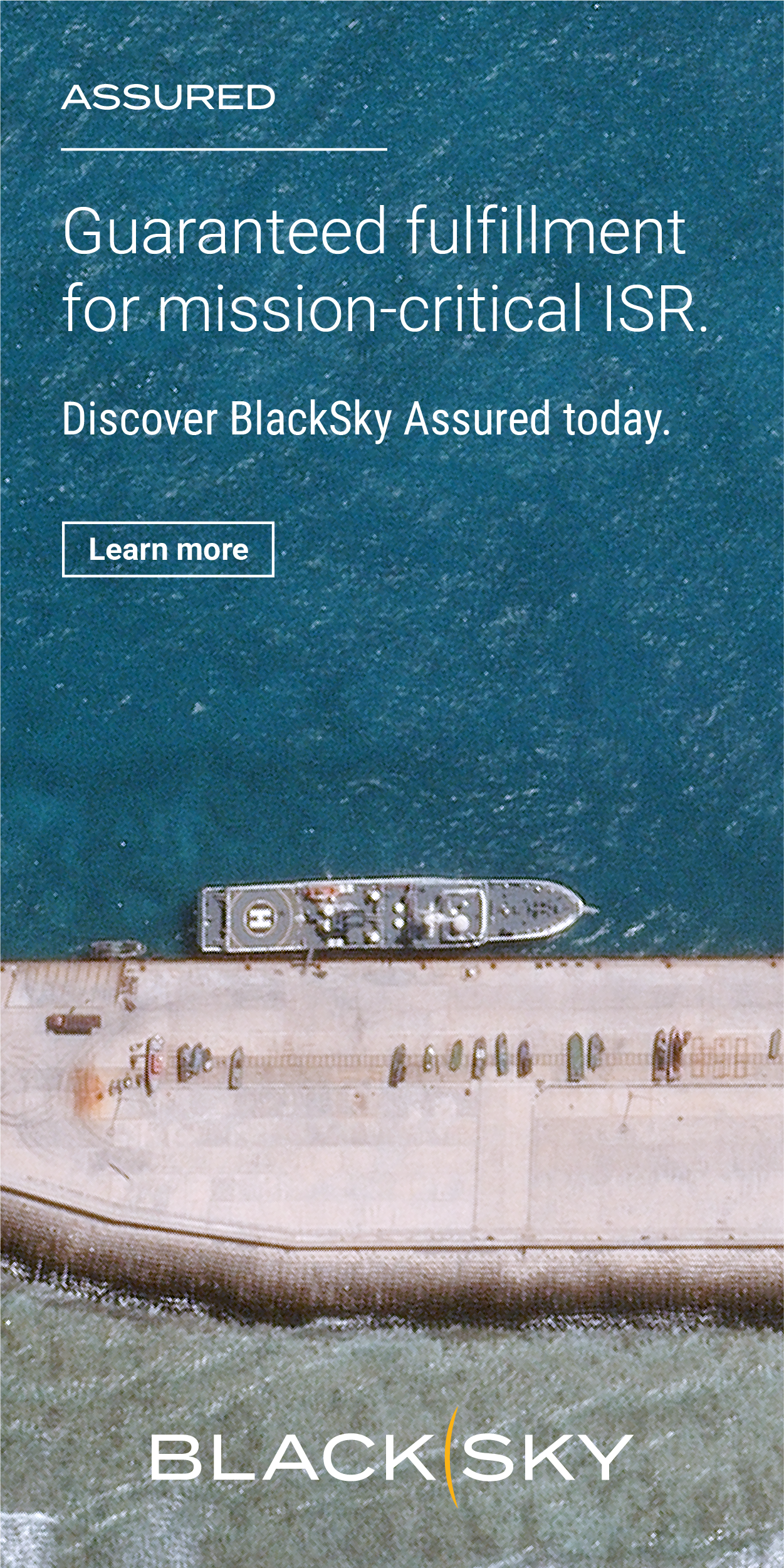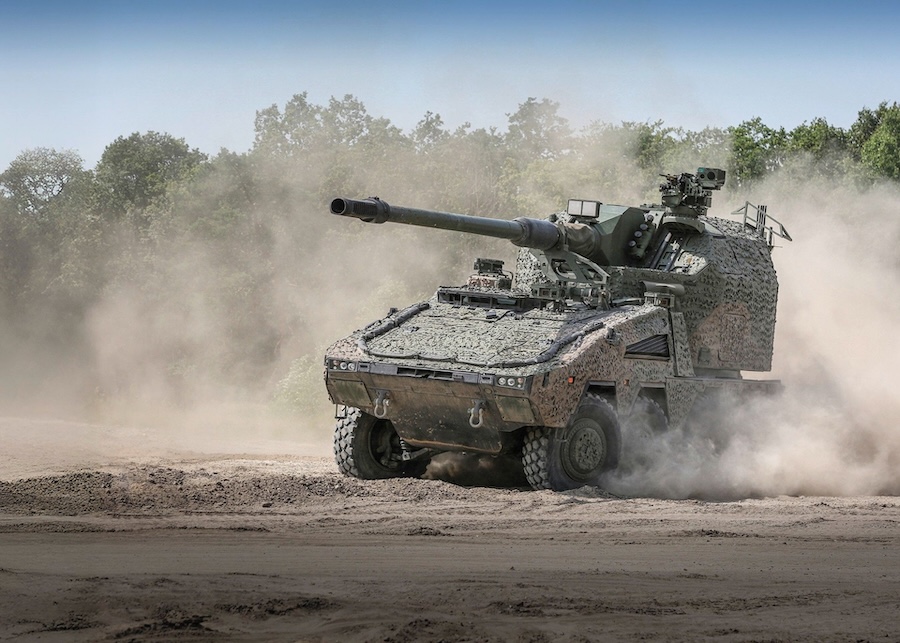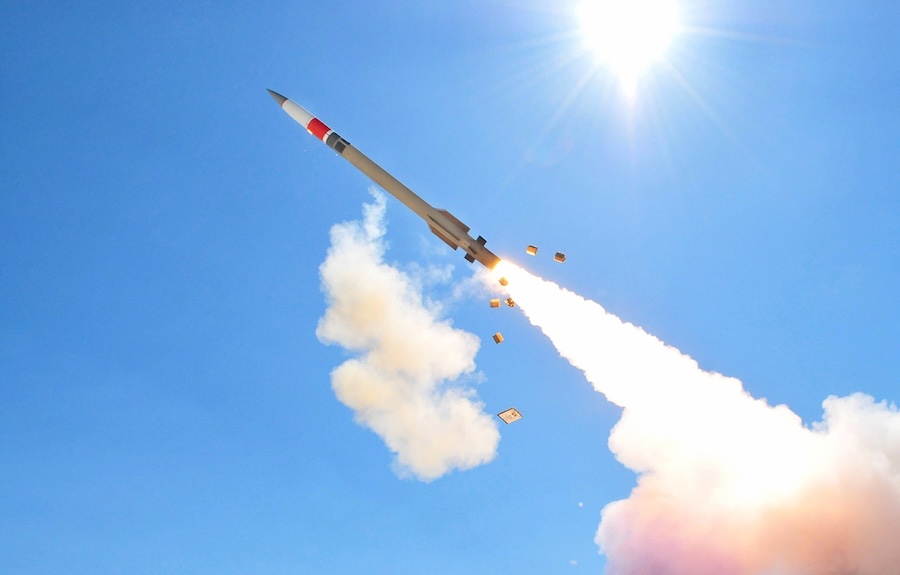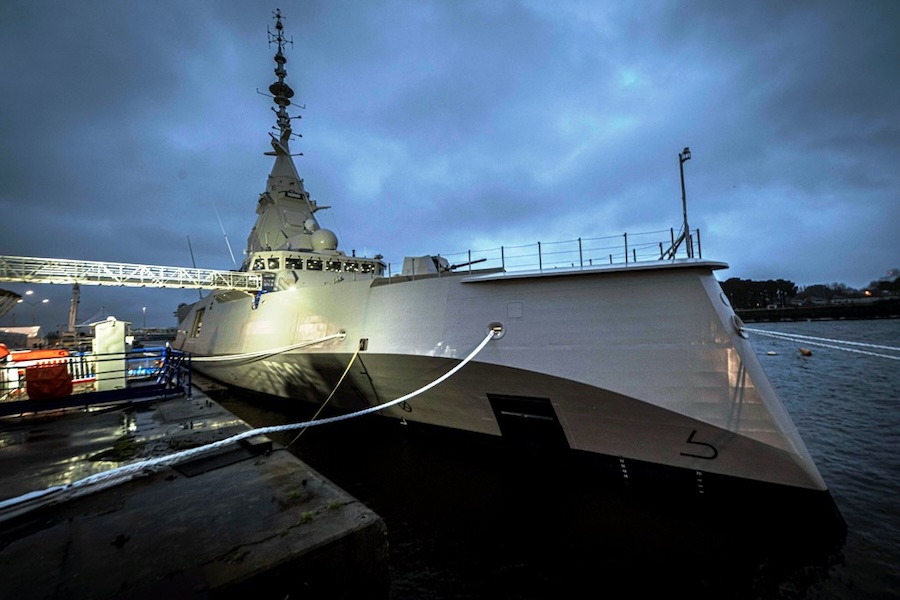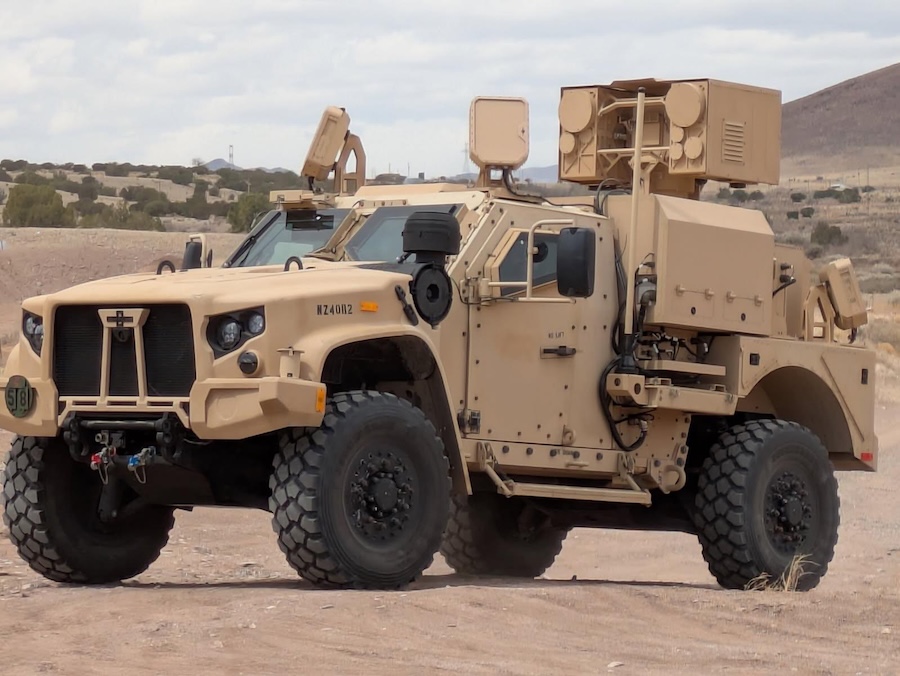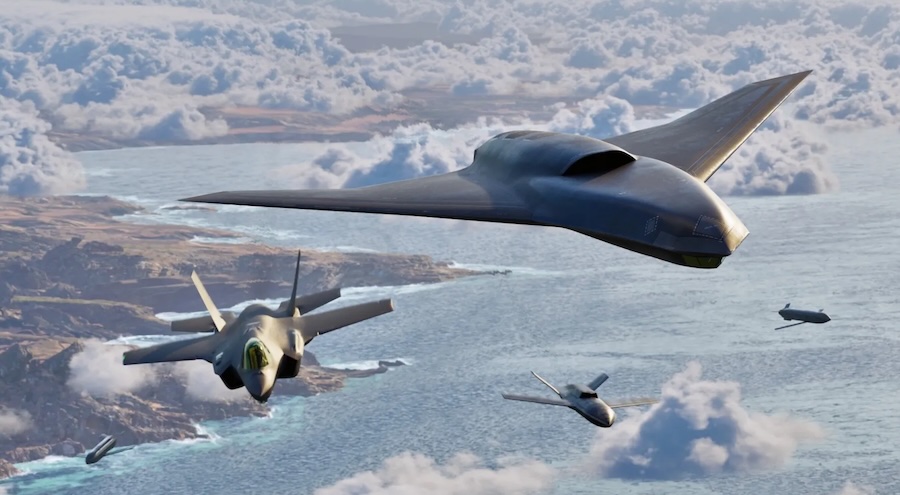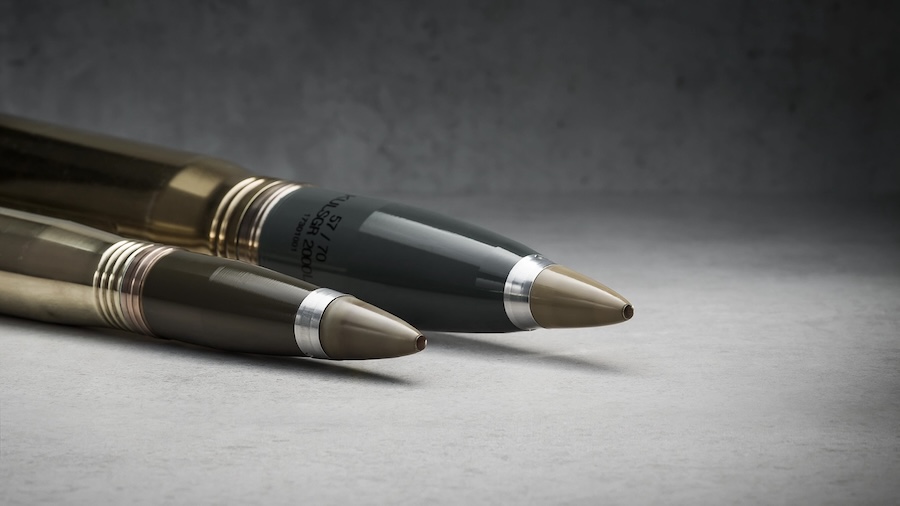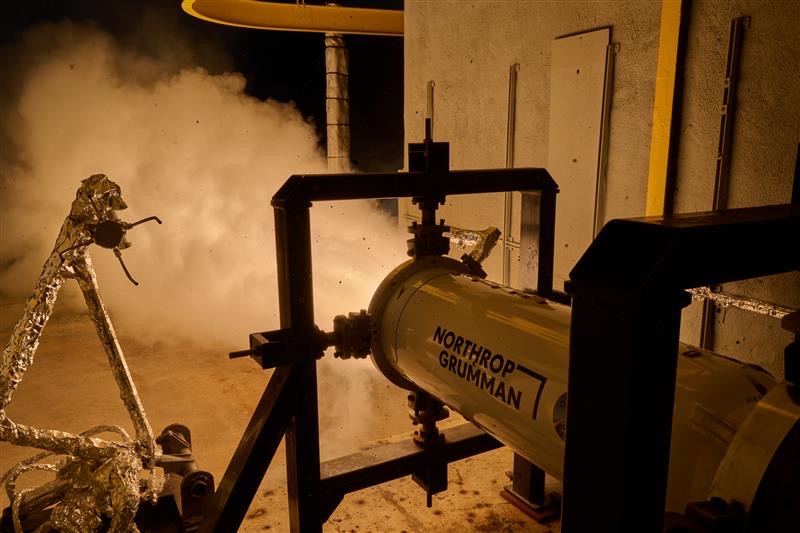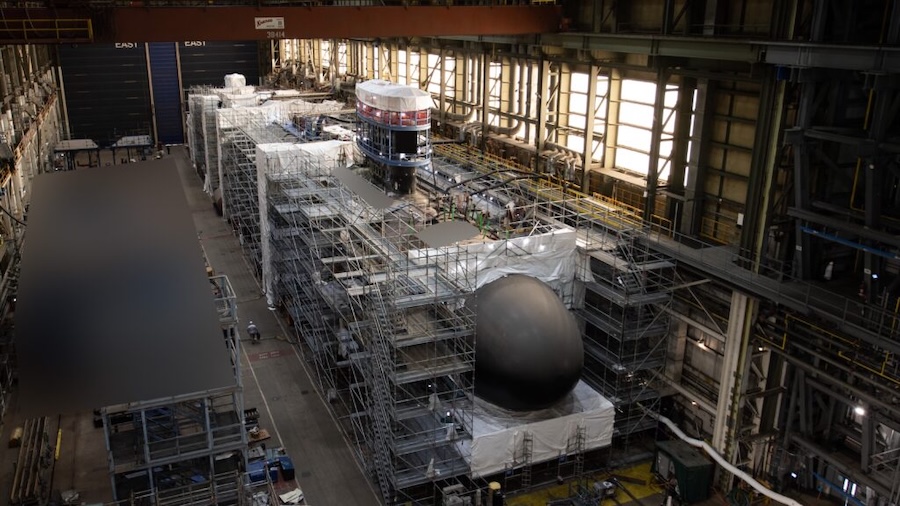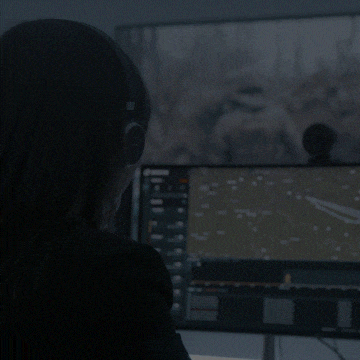The evaluations are focused on propulsion systems, avionics, autonomy integration, and ground control interfaces. These tests aim to validate system performance, guide further design refinements, and prepare the platforms for flight trials later in the year.
“Starting ground tests is a key milestone for the CCA Increment 1 program,” stated Air Force Chief of Staff Gen. David W. Allvin. “This phase bridges the gap between design and flight, reducing integration risks, boosting confidence, and laying the groundwork for a successful first flight and eventual fielding to the warfighter.”
The CCA initiative forms a core part of the Air Force’s shift towards adaptable force packages and collaboration between manned and unmanned aircraft. Designed to operate alongside traditional aircraft, CCA aims to extend operational capabilities, improve survivability, and enhance combat effectiveness in contested environments.
Functioning as force multipliers, these semi-autonomous aircraft will support rapid deployment and deliver combat power at a lower cost compared to conventional fighters. “We’re moving fast because the warfighter needs this capability,” said Allvin. “CCA is about delivering decisive advantage in highly contested environments.”
Allvin emphasised that the programme is progressing through innovative design and acquisition approaches, with both industry partners achieving or surpassing key targets. “These aircraft will help us turn readiness into operational dominance,” he added.
Further advancing operational readiness, the Department of the Air Force has chosen Beale Air Force Base in California as the preferred site for a CCA Aircraft Readiness Unit (ARU). The unit will maintain the aircraft in a deployable state, requiring fewer routine sorties and significantly reduced personnel compared to other systems.
Given the CCA’s semi-autonomous capabilities, the ARU will ensure the fleet remains in fly-ready condition with minimal flight activity. This streamlined model supports efficient force readiness and reduced operational costs.
The programme emphasises speed, adaptability, and affordability by employing open architecture designs and leveraging commercial technologies. This allows for rapid updates, scalable production, and flexible integration of emerging capabilities.
A competitive decision on Increment 1 production is scheduled for fiscal year 2026, with development for Increment 2 set to begin the same year to broaden mission use and incorporate new technologies. “The pace of innovation must outmatch the pace of the threat,” Allvin concluded. “CCA is how we do that.”



